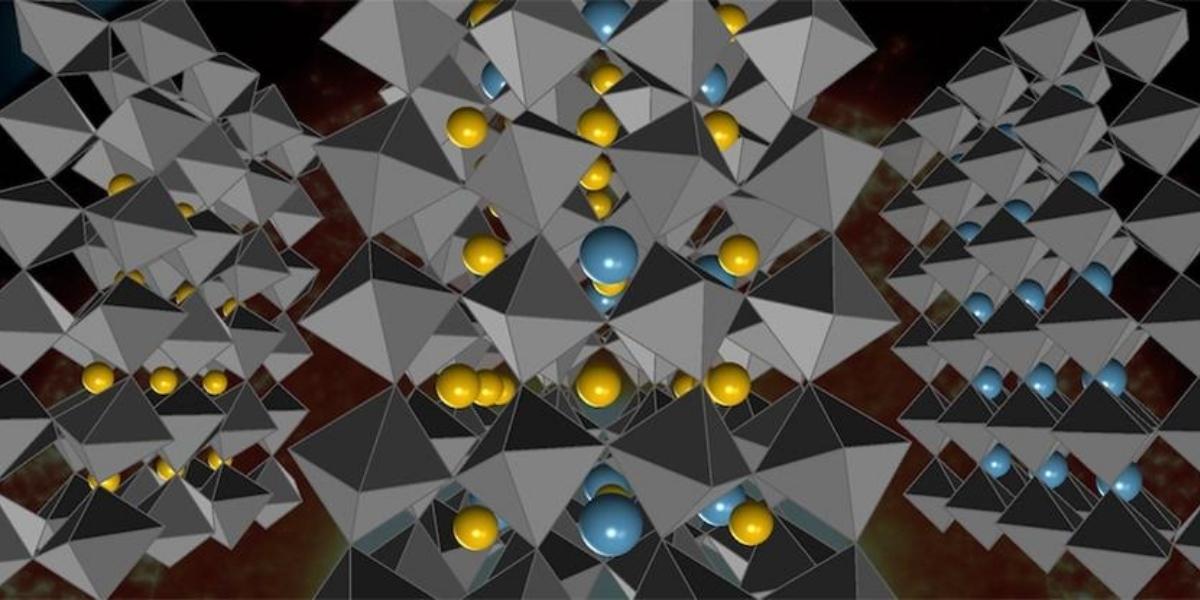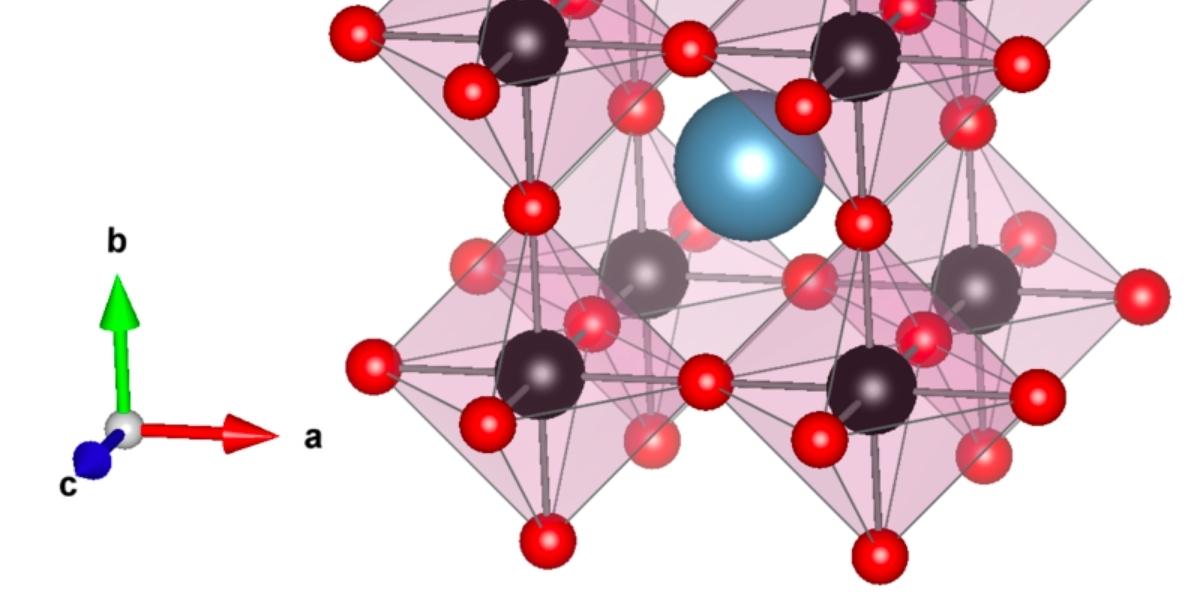Scientists Have Discovered A New Mineral In Earth’s Lower Mantle
October 26, 2022 By Fakun Gram

(Image Credit Google)
Scientists believe they have discovered a new mineral in the Earth's lower mantle, which accounts for 55% of the total volume.
The layer's three main minerals are known - bridgmanite, ferropericlase, and davemaoite - but there could be another. Due to their similar crystalline arrangements, bridgmanite and davemaoite should theoretically merge together at high temperatures, which has perplexed researchers for some time (technically known as a perovskite structure).
Previous experiments, however, have not demonstrated this.
"Why do davemaoite and bridgmanite not merge into one despite the fact that they have very similar atomic-scale structures? This question has fascinated researchers over two decades," says geoscientist Dan (Sang-Heon) Shim from Arizona State University.
"Many attempts have been made to find conditions where these two minerals merge, yet the answer from experiments has been consistently two separate minerals. This is where we felt we needed some fresh new ideas in experiments."
The researchers attempted to simulate the conditions in the lower mantle by conducting a series of high-pressure heating experiments in a special chamber. They reached temperatures of around 1,650 to 1,925 degrees Celsius in less than a second before rising to temperatures of around 2,800 degrees Celsius.
 The small, heated samples were then examined using X-ray imaging to map the structure of its minerals, which were now at temperatures representative of the topmost layer of the lower mantle down to the deep lower mantle. Surprisingly, at temperatures approaching 2,000 degrees Celsius and above, a single perovskite mineral, a combination of davemaoite and bridgmanite, was found to form.
Because of the higher temperature and pressure, the deeper part of the lower mantle has a different mineralogy mix than the section higher up. A lower-level fusion of bridgmanite and davemaoite would add another mineral to consider, and the researchers believe iron plays an important role.
"It has been believed that a large size difference between calcium and magnesium, the major cations of davemaoite and bridgmanite, respectively, should hinder these two minerals from merging," says mineralogist Byeongkwan Ko from Michigan State University.
"But our study shows that they can overcome such differences in hot environments."
The small, heated samples were then examined using X-ray imaging to map the structure of its minerals, which were now at temperatures representative of the topmost layer of the lower mantle down to the deep lower mantle. Surprisingly, at temperatures approaching 2,000 degrees Celsius and above, a single perovskite mineral, a combination of davemaoite and bridgmanite, was found to form.
Because of the higher temperature and pressure, the deeper part of the lower mantle has a different mineralogy mix than the section higher up. A lower-level fusion of bridgmanite and davemaoite would add another mineral to consider, and the researchers believe iron plays an important role.
"It has been believed that a large size difference between calcium and magnesium, the major cations of davemaoite and bridgmanite, respectively, should hinder these two minerals from merging," says mineralogist Byeongkwan Ko from Michigan State University.
"But our study shows that they can overcome such differences in hot environments."
By Fakun Gram
Well, I am here to keep you up to date so together we can summarize the whole world.


 The small, heated samples were then examined using X-ray imaging to map the structure of its minerals, which were now at temperatures representative of the topmost layer of the lower mantle down to the deep lower mantle. Surprisingly, at temperatures approaching 2,000 degrees Celsius and above, a single perovskite mineral, a combination of davemaoite and bridgmanite, was found to form.
Because of the higher temperature and pressure, the deeper part of the lower mantle has a different mineralogy mix than the section higher up. A lower-level fusion of bridgmanite and davemaoite would add another mineral to consider, and the researchers believe iron plays an important role.
"It has been believed that a large size difference between calcium and magnesium, the major cations of davemaoite and bridgmanite, respectively, should hinder these two minerals from merging," says mineralogist Byeongkwan Ko from Michigan State University.
"But our study shows that they can overcome such differences in hot environments."
The small, heated samples were then examined using X-ray imaging to map the structure of its minerals, which were now at temperatures representative of the topmost layer of the lower mantle down to the deep lower mantle. Surprisingly, at temperatures approaching 2,000 degrees Celsius and above, a single perovskite mineral, a combination of davemaoite and bridgmanite, was found to form.
Because of the higher temperature and pressure, the deeper part of the lower mantle has a different mineralogy mix than the section higher up. A lower-level fusion of bridgmanite and davemaoite would add another mineral to consider, and the researchers believe iron plays an important role.
"It has been believed that a large size difference between calcium and magnesium, the major cations of davemaoite and bridgmanite, respectively, should hinder these two minerals from merging," says mineralogist Byeongkwan Ko from Michigan State University.
"But our study shows that they can overcome such differences in hot environments."






